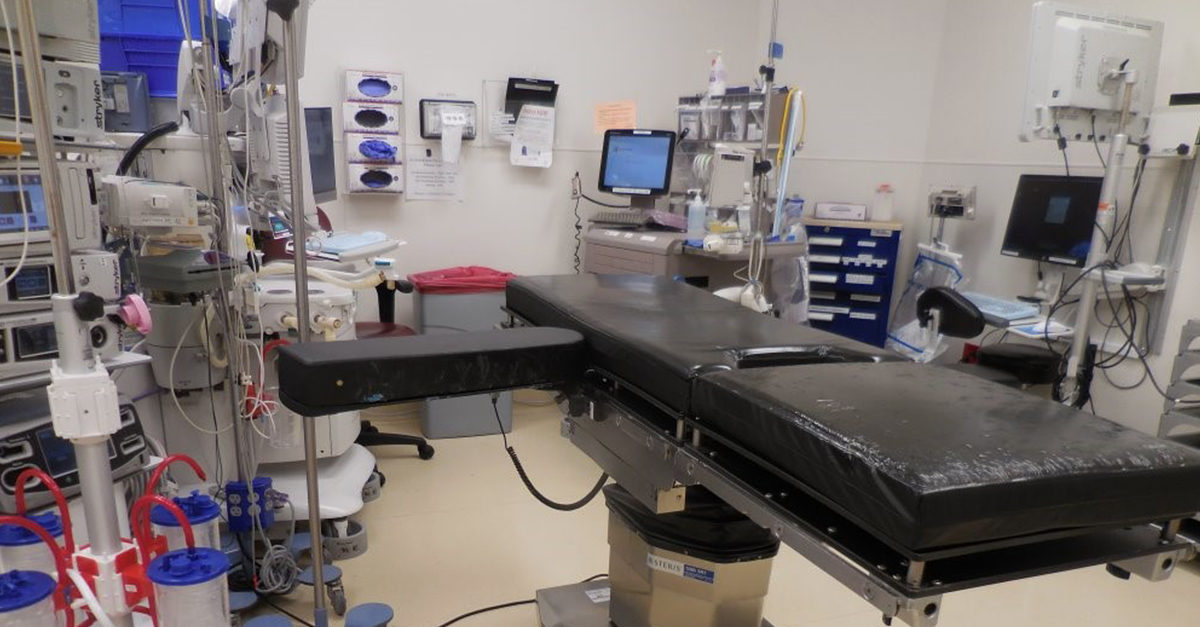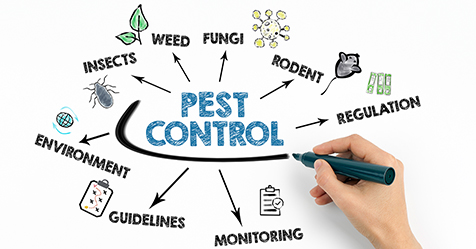A comprehensive new IEHA training and certification program enables environmental service (EVS) professionals in hospital operating rooms to save lives by preventing, reducing, and ultimately eliminating surgical site infections and other hospital-acquired infections (HAIs).
According to the U.S. Office of Disease Prevention and Health Promotion (ODPHP), hospital-acquired infections (also known as health care-associated infections or HAIs) are infections people get while receiving care for other conditions. HAIs can happen in any health care facility—from hospitals and nursing homes to doctors’ offices and rehabilitation centers—and can be caused by bacteria, fungi, viruses, or other, less common pathogens.
At any given time, ODPHP estimates about one in 25 inpatients suffer from infections related to hospital care. Each year, these infections lead to the loss of tens of thousands of lives and cost the U.S. health care system billions of dollars.
For hospitals, infection rates also mean business. The Agency for Healthcare Research and Quality (AHRQ) estimates 48% of hospital revenue is generated by operating room services. It stands to reason that patients are more likely to choose hospitals with lower HAI rates. Infection rates also impact the levels of government funding for which hospitals can qualify.
Catalysts for Change
IEHA Council Member Rick Parker, MESCE, of Home Depot Pro and long-time collaborator Jack McGurk, REHS, MPA, of Systems Improvement Initiators joined forces on behalf of IEHA and its mission to confront the challenges of HAIs in perioperative environments—hospital operating rooms.
“The threat of HAIs has personal meaning to me,” says Parker. “I am grateful to Michael Patterson, IEHA Executive Director, for allowing us to drive this initiative and for bringing it forward into the industry and directly to those on the frontlines. There’s no doubt about it—in hospitals, well-trained cleaning professionals save lives.”
Parker and McGurk channeled their many years of experience and technical expertise, and after four months of thoughtful planning, they put their carefully crafted curriculum to work at Kaiser Permanente Sacramento Medical Center in Sacramento, California.
Frustrated by surgical site infections that ranked highest within its 21-hospital regional health care system, the hospital welcomed the opportunity to serve as the beta test site for the new IEHA Perioperative Tech Training and Certification program. Over the course of three months, Parker and McGurk beta tested IEHA’s perioperative program by working closely with the hospital’s 23 EVS team members to teach and deploy best practices for infection prevention and control in the hospital’s operating rooms.
As a result of the IEHA Perioperative Tech Training and Certification program, surgical site infection rates at Kaiser Permanente Sacramento Medical Center dropped from the highest to the lowest in the system!
Preventing, Reducing, and Ultimately Eliminating HAIs
The IEHA Perioperative Tech Training and Certification program is designed exclusively for the special needs and circumstances of operating rooms in acute care hospitals. It begins with two hours of classroom study and discussion followed by four hours of practical, hands-on training in operating rooms. To achieve certification, participants must complete all coursework and pass a written exam with a score of 80% or higher. Recertification is required every two years.
According to Parker, mission-critical elements for this program’s success include active support and participation by hospital leadership. In the case of the Kaiser Permanente Sacramento Medical Center beta test, EVS Director and IEHA Northern California Chapter Board Member Jeffrey Posnick, MESRE, ensured the importance of the program was understood and appreciated by the hospital’s physicians, nurses, and anesthesiologists in addition to its EVS team members.
Another key to this program’s success is its small group approach. Classroom education and hands-on training is limited to groups of three and sometimes four (never more than four) EVS team members to ensure uniform understanding and skills.
The IEHA Perioperative Tech Training and Certification program is comprehensive. Best practice protocols are defined for 10-minute cleaning allowances in between surgeries and for 45-minute cleaning allowances overnight, and they address everything and anything that comes within 10 feet of an operating table. Education modules run the gamut from properly washing hands to cleaning and sterilizing surgical equipment, furnishings, lighting, ceilings, walls, and more. Processes also are defined for isolation rooms and notorious infections such as norovirus, VRE, MRSA, and the strongest bug of all—C-Diff.
In addition to preventing, reducing, and ultimately eliminating HAIs, the new IEHA Perioperative Tech Training and Certification program enhances the personal and professional value of EVS team members, reinforcing their self-esteem and their commitments to excellence and their organizations. Says Parker, “Employers who invest in first-class employee training typically are rewarded with higher employee retention rates.”
Registrations Now Being Accepted
The success of the IEHA Perioperative Tech Training and Certification programbeta test was shared at the May 2019 meeting of the IEHA Northern California Chapter. Since then, 17 hospitals have registered to have their EVS teams trained and certified.
IEHA Perioperative Tech Training and Certification is conducted by qualified IEHA training professionals, including Parker and McGurk, on site at each hospital’s facility. For more information, contact IEHA—call 800-225-4772 or 847-982-0800 (ext. 1376 or 1377) or email [email protected].
IEHA, is a division of ISSA. IEHA is devoted to helping and enabling facility managers maintain cleaner, safer, and healthier buildings—from schools to hotels to hospitals and everything in between.




